How to Flirt like an Italian The Sexy Style of Older Italian Men History: Italians Coming to America Expat Nicky Positano's Amazing Vlogs How the Tomato |
On February 4, snow was falling over most of Italy, and new ice-cold currents hit the Adriatic region reaching a peak on Feb. 7, when a powerful cold core struck the southern regions.
On 8 February, a new low pressure between Corsica and Tuscany again caused heavy snowfalls in Rome and throughout central and southern Italy, with blizzards and freezing temperatures, frost and snow. In those days it snowed even on the Sicilian coast. In Palermo, the minimum temperature went down to 0° C (32° F) and the city was blanketed over and again by several centimeters of snow, which also fell on the southern coasts of Sicily and the island of Lampedusa.
On 13 February new ice-cold currents came from the Rhone valley, resulting in rigid temperatures that struck the north of Italy and led to new snowfalls especially on the Marche, Umbria and Tuscany, moving the day after southward, while the regions of the north and centre were enveloped by frost. In the next days frost and snow continued, with new snowfall from February 18 until February 20 on the whole north and centre, and even in Rome.
In many mountain towns of Abruzzo, as well as in alleys of the historical centre of L'Aquila, people moved only through tunnels excavated through the huge snow heaps. With the new snowstorms many places became unreachable: Ovindoli, Campo di Giove, Campotosto, Castel del Monte, Pizzoferrato, Gamberale. Civitaluparella at 903 meters (2962 ft). SOme were isolated for over ten days, partly because of a large avalanche in the vicinity. At Pescina, just over 700 meters (2296 ft) of altitude, in some spots the snow had reached 23 ft deep, halting the Avezzano-Sulmona railroad.

But in Italy, Papier-mâché, or Cartapesta, as it's known there, is considered a high art medium, with some amazing Masters of the craft creating monumental works that can look like they were coming out of the workshops of Renaissance Masters.

For many years he has organized the Venice Carnival, and in 1993 he created a monumental work--sculptures for the Nativity of Venice, an impressive 75 foot moving sculpture with narration by Marcello Mastroianni. This exhibit attracted hundreds of thousands of visitors.
Read more about Cartapesta HERE.

The Presepe of artistic bread is baked and displayed in the beautiful Chiesa St. Isidoro Agricola (...of the Bakers). St. Isidore was built in 1643, belonged from the beginning to the Society of Bakers.
The Presepe is made completely out of bread, a representation of the importance and symbolism of bread to Catholics... Bread is the Christ. All the characters are made painstakingly by the skilled hands of the bakers.
The Presepe di Pane is on display from December 9 to January 6 hours 9: 30-12: 00 16: 00-19: 00
If you enjoyed this article, please SHARE it and LIKE it on your favorite social media site. Buon Natale!
We also have pages on:
Google+
StumbleUpon

Initially, in the 15th century, the drink quickly spread throughout the Ottoman Empire, enjoyed with large amounts of sugar. Jews and Muslims alike found that it helped them stay awake and alert for nightly prayer services. For Muslims, it took the place of forbidden alcoholic beverages. For the Jews, its adoption was tentative with rabbis debating whether it was Kosher, what blessing it required or whether it was actually a medicinal drug.
Coffee in Italy had a slow start, partly due to it being declared a Drink of the Devil by the Catholic church, and because it was a very expensive drink for the elite. It wouldn't be until 1603 when Pope Clement VIII tasted--and liked--coffee and gave the drink full absolution from its sins. This helped open the floodgates for coffee in Italy and the rest of Europe.
In 1632, the Jews of Livorno--a port city that was given over to the Italian Jewish population which became a center of Mediterranean trade--imported the first coffee into Italy and then opened the first coffeehouses (Bottega del Caffè). By 1624 and 1650, large shipments were shipped to Venice and by 1683, the first coffeehouse in Venice opened.
In researching this article, I actually discovered that in 1766, an ancestor with my family name, Beniamino Finzi (an Italian Jew) was given management of a coffeehouse in Livorno. He managed to get the Jewish leaders to rescind a law forbidding games of chance in coffeehouses frequented by Jews. He was the first Jew to be granted a permit to allow gambling with card and board games in a coffeehouse. From this time on, a Jew could only run an "entertainment room" for gambling only if they also served coffee!
Coffee was becoming mainstream.... within 200 years of the first sip being tasted in Italy, the craving for coffee had spread throughout Europe and even into the New World.
--Jerry Finzi
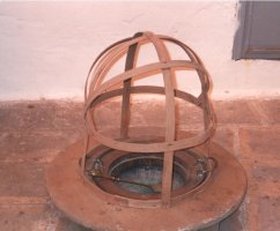 A scaldapanni ready to dry damp socks
A scaldapanni ready to dry damp socks Some have shared memories with me: Mama putting large black olives in to heat them up, and then squeezing them onto pieces of toasted bread... or melting pieces of cheese on forks. They also remember how their fathers warmed up some zuppa for an evening snack before heading off to bed. A second braciere might have been placed in their bedroom to take the chill off as they drifted off to sleep.
And their mothers may well have covered the braciere with a scaldapanni (or sciuttapanni)--a dome cover made from bent strips of wood--and then draped a damp washcloth, panties, socks or a cloth diaper to dry overnight. In school the next day, there might have been a braciere--perhaps more than one--sitting on the floor between desks to help warm their scholastic endeavors, even if just to toss a crumpled mistake into the coals when their maestra was dissatisfied with their work.
 A beautifully decorated braciere from a more ancient time
A beautifully decorated braciere from a more ancient time The family hearth might have been small, but the memories were warmer than that pile of coals could ever be...
--Jerry Finzi
― Mark Twain, from The Innocents Abroad/Roughing It
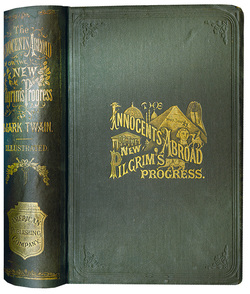

So, if you find yourself "vegetating in one little corner of the earth", take Twain's advice.
Travel.
--Jerry Finzi
The origins of the Finzi family name have fascinated me since I was a kid. It was such an unusual name... unlike most Italian names, aside from an "i" at the end. To my ears it sounded Ancient Roman. I could imagine it engraved in marble somewhere in the ancient world.
As I grew through life I had hints of the roots of the Finzi famiglia: The film Garden of the Finzi-Contini about a Jewish family during Nazi occupation; a large department store named Finzi in Geneva (also Jewish); the British, Jewish composer Gerald Finzi (I was also baptized Gerald); but then I was thrown off by the Finzi Rum made in Jamaica (how did a Finzi get way down there?)
Suspecting a Jewish connection, I started reading about the history of the Jews as they moved throughout the world and through history in what is called the Diaspora--the often forced movement of Jews from one land to another. They originated in the Middle East, then moved to Greece and Southern Italy (called Magna Graecia) then to Northern Italy, Austria, Germany, Poland, Western Europe, Spain and beyond.
I read how the ancient form of our family name was varied: Pinchas, or in Latin as, Finees or Finea. I learned that the Finzi lineage leads back to ancient times—2000 years ago and perhaps further. Many—and semingly most—modern Finzis living today are Jewish. Roman Catholic Finzis are in much smaller numbers. I have come to a theory on the reason for this...
At several times in history, many Jewish bearers of the Finzi name were forced to either to give up their religion entirely, convert to Catholicism (often under threat of death), or to leave their current homeland and relocate to other lands if they wanted to continue in their Jewish faith. This caused a split in the Finzi family lineage--most being Jewish, and some Catholic—like my family.
When my line of Finzis converted to Catholicism isn't certain, but there are a few possibilities. The first goes back almost 2000 years...
More likely than not, the first Jews (including Finzis) arrived in Puglia in southern Italy (perhaps after first migrating to Greece) sometime after the destruction of the Second Temple in Jerusalem in 70 AD. At the time, Emperor Tito brought back 5000 prisoners who settled in and around Taranto. In addition, the ports of Brindisi, Otranto, Bari, Trani and Barletta were the natural ports of entry from the Middle East, with the whole of Puglia becoming the first new community for the dispora of Jews looking for a new life in Italy and Western Europe. OK, so that's how the first Jewish Finzis probably arrived in Italy.
But why and when did my line of Finzis convert from Judaism to Catholicism? There are three possibilities:
- In 70 AD the
- In the 9th and 10th centuries Byzantine emperors forced Jews to convert.
- In the 13th century the Angevin ruler Charles II also forced Jews to convert or die.
- In the 1600s the Aragonese also forced conversion to Christianity.
Jews who were forced to convert were called either neofiti, cristiano novi or cristiani novelli. Converting to Christianity didn’t mean they had as many rights as others who were born as Christians. When Jews converted, they were expected to condemn their former religion in the harshest way possible, making it difficult for them to re-enter at a later time. Most neofiti were not permitted to own land. And in Christian communities, these Jewish apostates were not considered full-fledged Christians. Cristiani novella were caught in the middle of the two faiths. Perhaps this was the fate of my lineage of the Finzi famiglia so long ago...
I'm strongly convinced now that my family line was forced to convert perhaps as much as a thousand years ago. The DNA results give strong evidence for that, especially since the percentage of "Italy/Greece" DNA is very high at 74%, while the "European Jewish" (5%) and "Middle East" (3%) DNA are surprisingly low. To be honest, I was expecting a higher percentage of Jewish DNA in my blood, either European Jewish or Middle Eastern. From what I read about the DNA science behind the results, such a large percentage of "Italian/Greece" DNA with such a low percentage of Jewish DNA means that the Jewish part of my lineage was long ago in history.
The amazing thing to me is that 74% is actually higher than a native of the "Italy/Greece" region! Does this mean I'm more Italian than Italians?
--Jerry Finzi
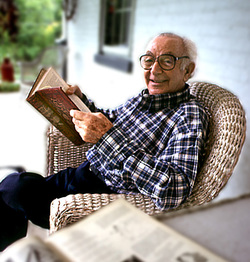 My father, Saverio Finzi
My father, Saverio Finzi Dad passed through Ellis Island in 1914 at the age of 4, with his father, Sergio, his mother, Caterina De Ceglia, his older brother, Anselmo and baby sister, Antonia. His father, Sergio had two prior excursions to America before being able to bring his family with him to start their new lives.
There were 12 other men from Molfetta traveling with Sergio on his 1907 voyage. Many from Molfetta eventually settled in Hoboken--which still today is considered a sister city to Molfetta. The cold, early spring sea voyage lasted 13 days. He was going to stay with his "cousin, Domenico Pansini" in Hoboken, NJ.
On his second trip, there were 8 other men from his hometown of Molfetta traveling with Sergio Finzi. He was the only man from Molfetta to list a trade (tailor), with all the others listing themselves as "laborers". Sergio listed his "brother, Mauro" on the ship's manifest as the person he was meeting in Hoboken, NJ. It must have been rough at first--he had only $13 in his pocket when he first arrived on Ellis Island.
By the time Sergio returned in 1914 with his family, he came with $27 and paid for their passage himself. He left a home, mother, father, brothers and an entire life back in Italy. At the time there was fear about the upcoming war, there was massive inflation and joblessness. He was 5'3" tall with blue eyes--just like my father, Saverio.

When I saw Lucas searching for his grandfather's name along the bright stainless steel walls of the Wall of Honor, I knew he felt proud... and then he found it. We touched the engraved "Saverio Finzi" together.
You have a fantastic grandson, Dad. He's proud of your memory--you would be so proud of him.
--Jerry Finzi
 The train came inches from smashing through the Waiting Room walls
The train came inches from smashing through the Waiting Room walls One of Hoboken, New Jersey's historic gems--the Lackawanna Terminal Railway Station--suffered a terrible tragedy this morning when a train full of morning commuters from Spring Valley, NY plowed full speed past the concrete terminus of the line. The rail cars flew into the air, injuring 100 or more and killing at least one person who wasn't even on the train itself--she was standing on the platform. The lead car came within inches of breaking through the walls and into the beautifully restored waiting room, a proud piece of Hoboken's history from 1907, when thousands of Italian immigrants found their way from Ellis Island and into their new lives in Hoboken itself and beyond in the rest of America.
The glass roof above the station platform collapsed onto the train below, while people broke out train windows and crawled to their freedom. Passengers and NJ Transit workers alike were the first to spring into action, helping to get the injured out of harms way.
The station serves 7 train lines bringing more than 15,000 commuters into the New York City hub daily. Passengers either switch to the PATH subway trains to travel under the Hudson River into Manhattan, or take waiting ferries across the busy New York City waterway.
Needless to say, this incident will disrupt travel for months to come.
(Read about our Visit to Hoboken HERE)
Categories
All
1 Making Plans
2 Gear And Tips
3 Getting Around
4 Tuscany
5 Amalfi Coast
6 Basilicata
7 Puglia
8 Rome
9 Postcards
Fotos Di Finzi
History For Italians
Humor
La Cucina & Recipes
More Than Gelato Pizza
More-than-gelato-pizza
News Del Giiorno
Off The Tourist Path
Archive
June 2024
January 2021
January 2019
December 2018
November 2018
August 2018
April 2018
March 2018
February 2018
January 2018
December 2017
November 2017
October 2017
September 2017
August 2017
July 2017
June 2017
May 2017
April 2017
March 2017
February 2017
January 2017
December 2016
November 2016
October 2016
September 2016
August 2016
July 2016
June 2016
May 2016
April 2016
March 2016
February 2016
January 2016
December 2015
November 2015
October 2015
September 2015
August 2015
July 2015
June 2015
May 2015
April 2015
March 2015
February 2015
January 2015
December 2014
November 2014
October 2014
September 2014
August 2014
July 2014


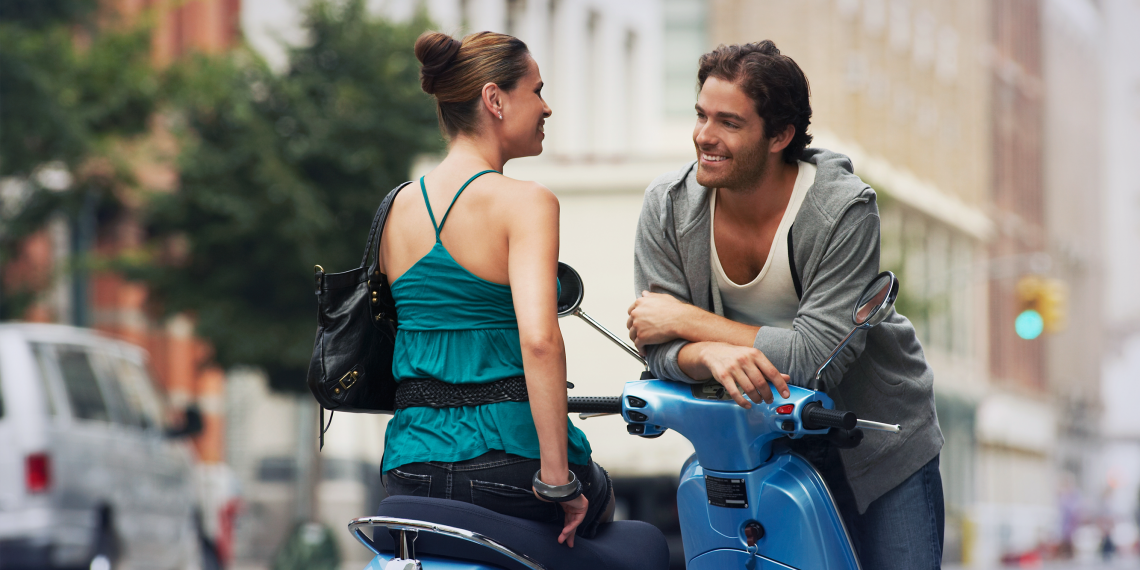










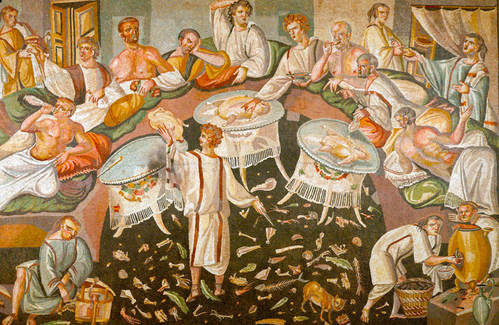












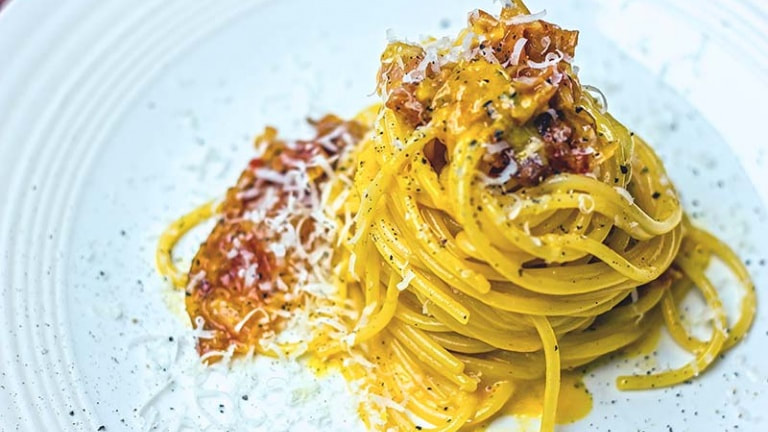






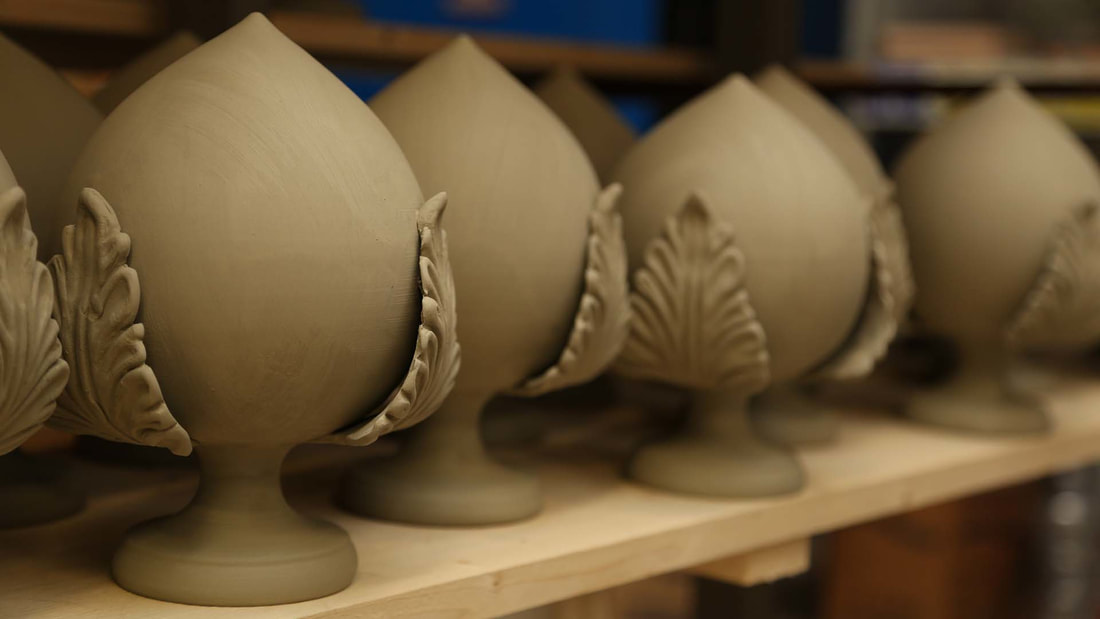


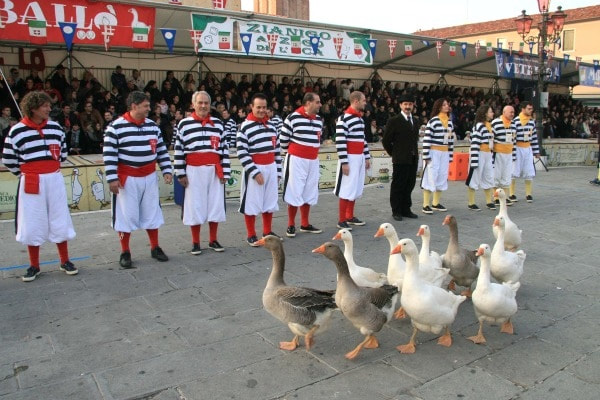


















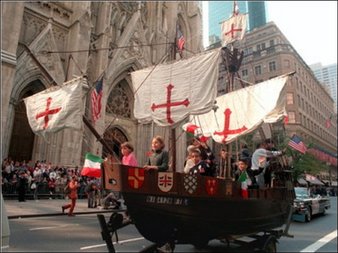












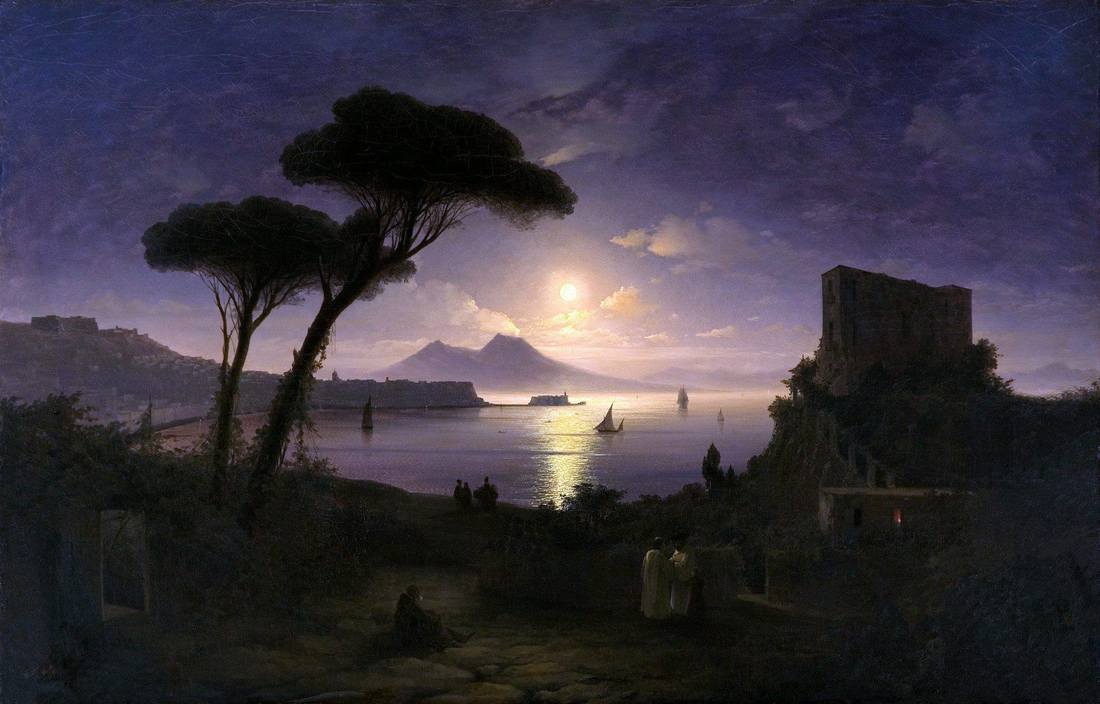
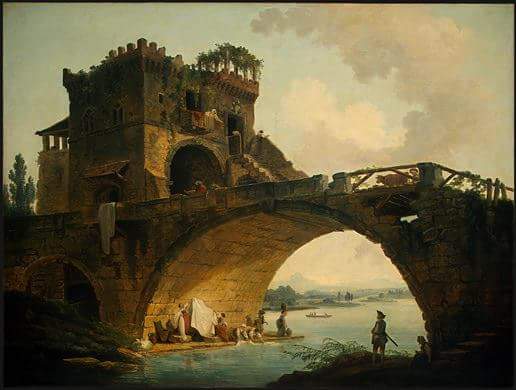



















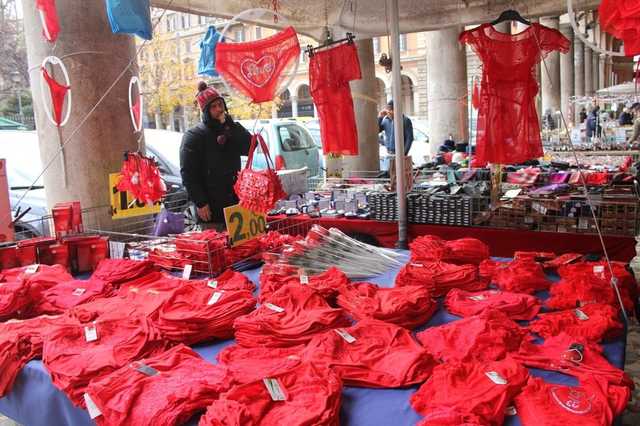







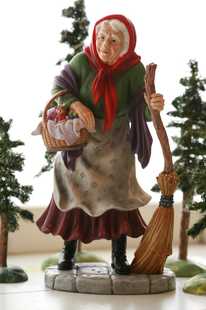

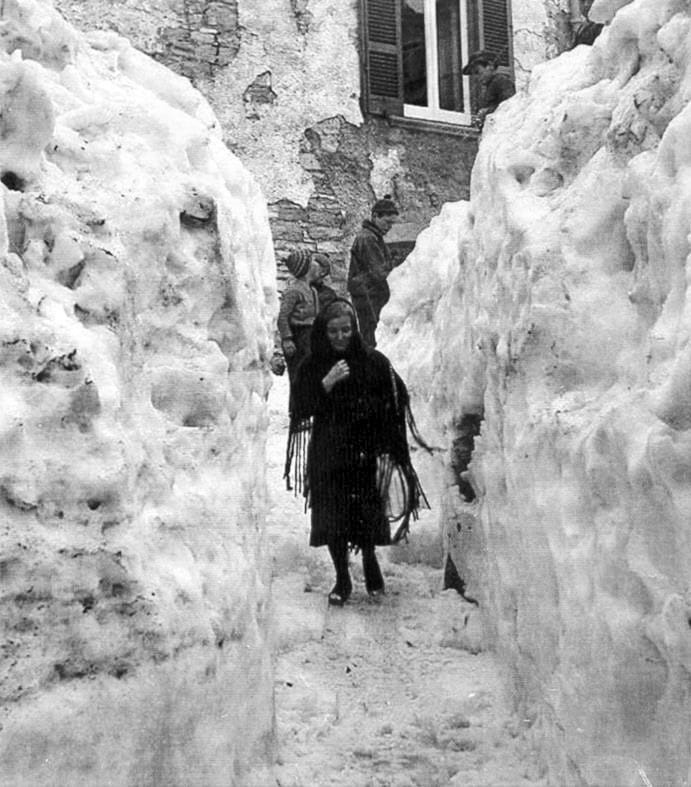




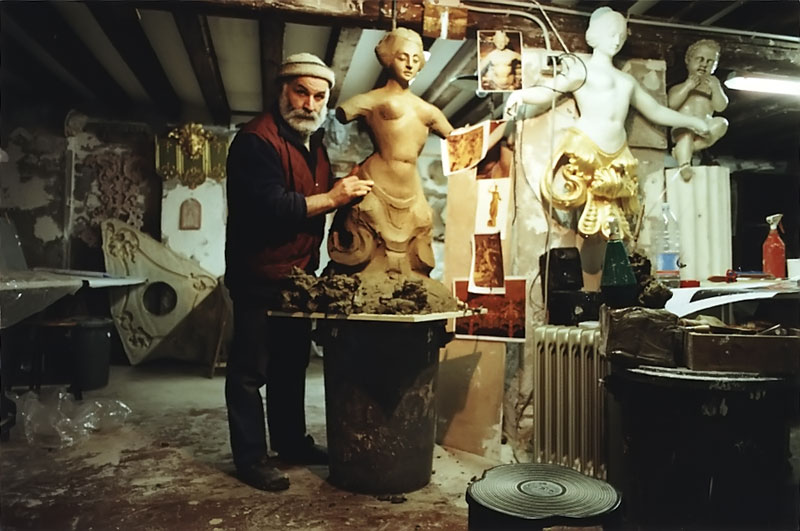
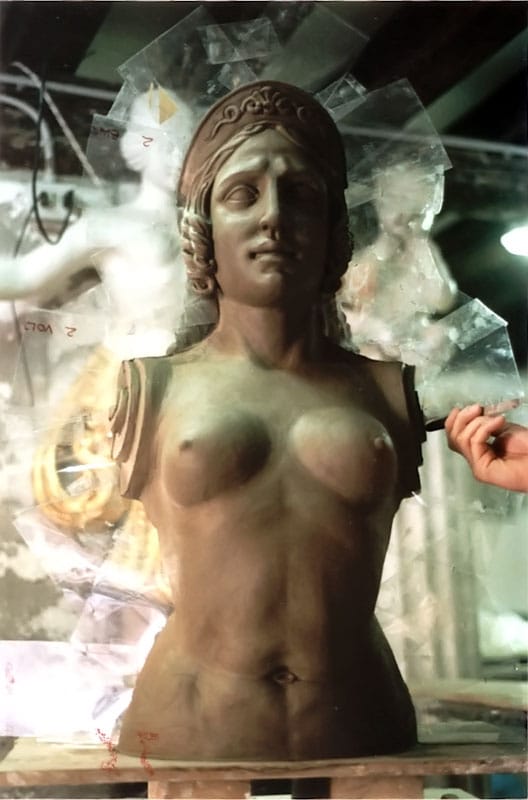
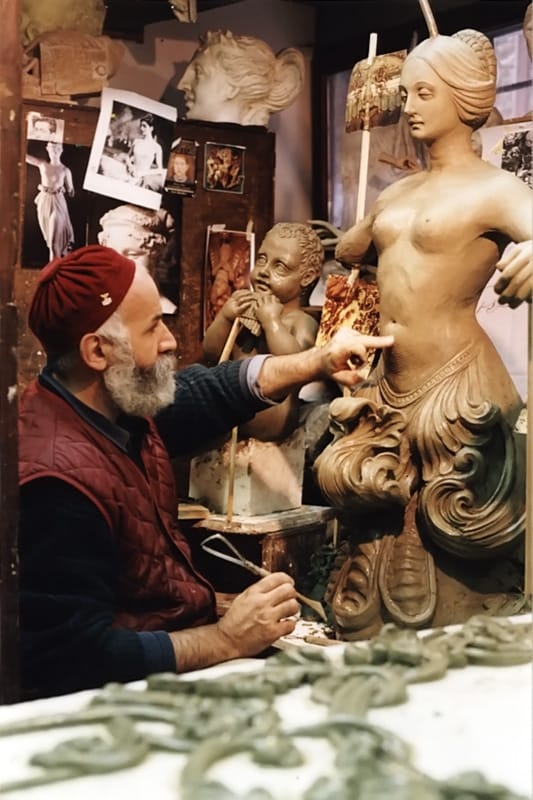






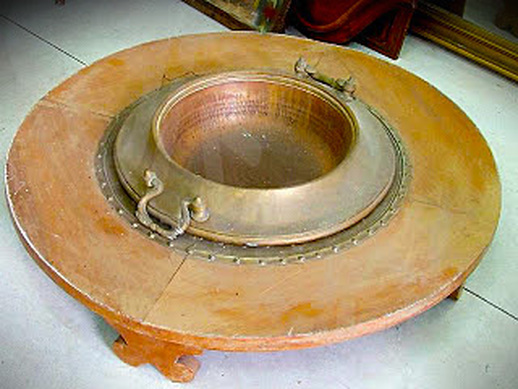









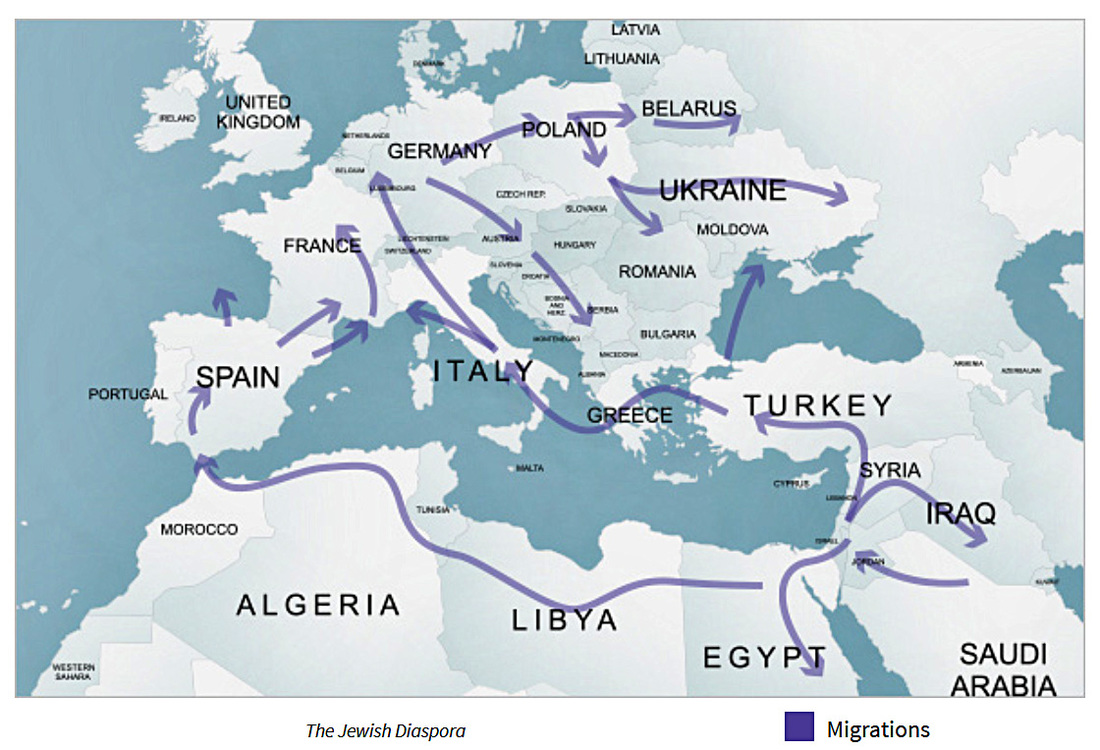


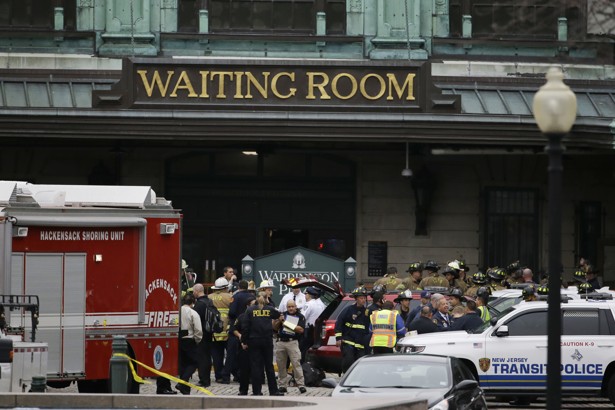
 RSS Feed
RSS Feed
